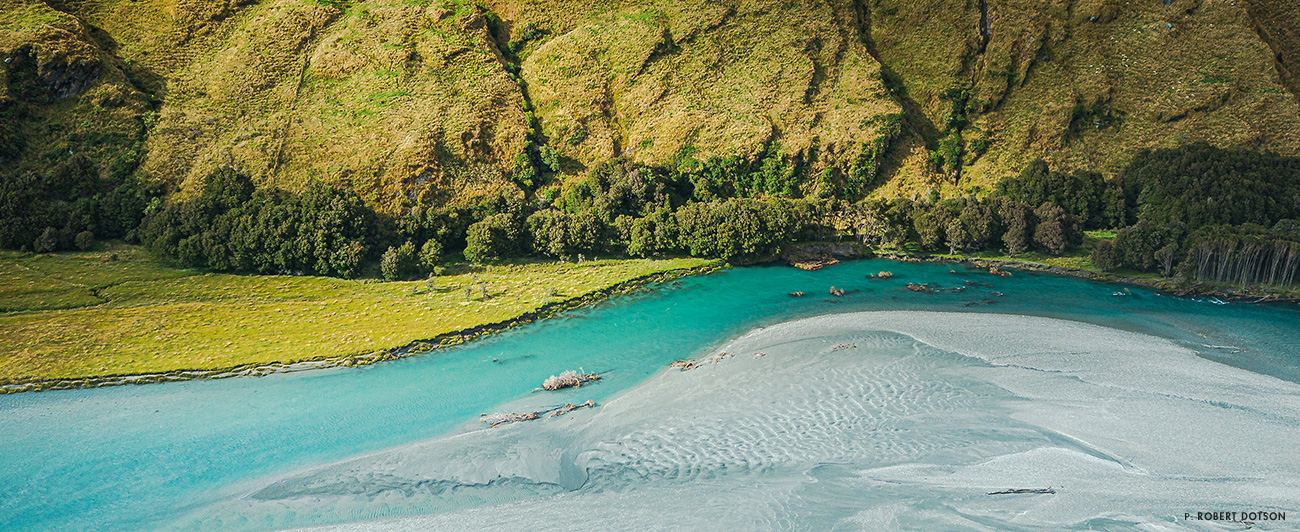Conservation
NEW ZEALAND
Teeming Flora, Fading Fauna: The Dark Side of New Zealand’s Mouse Years
Nearly 85 million years ago, what is now New Zealand separated from a massive continent known as Gondwana. A few million years later New Zealand was likely at least 1,200 miles from Australia. As a result, for more than 82 million years New Zealand’s native flora and fauna thrived and adapted in isolation with no human intervention. Endemic birds such as the kiwi and ka¯ ka¯ po¯ parrot lost their ability to fly through evolution and the lack of predators on the island. On a geologic scale, mammalian predators—humans and their intentional and unintentional baggage—are a very recent addition to this isolated and still sparsely populated landmass.
In a bizarre twist of fate, those recent additions—mice, rats and other small mammals—have put an enormous strain on native birds, but have also led to a legendary trout fishery. In masting years—when native trees seed en masse—trout can pack on so much rodent-fueled biomass they have been known to double their weight over the course of a single season. But New Zealand’s pest problem is taking a toll on its native birds and other animals, even as it creates a smorgasbord for trout…
Subscribe to start your collection of the world’s best flyfishing publication
